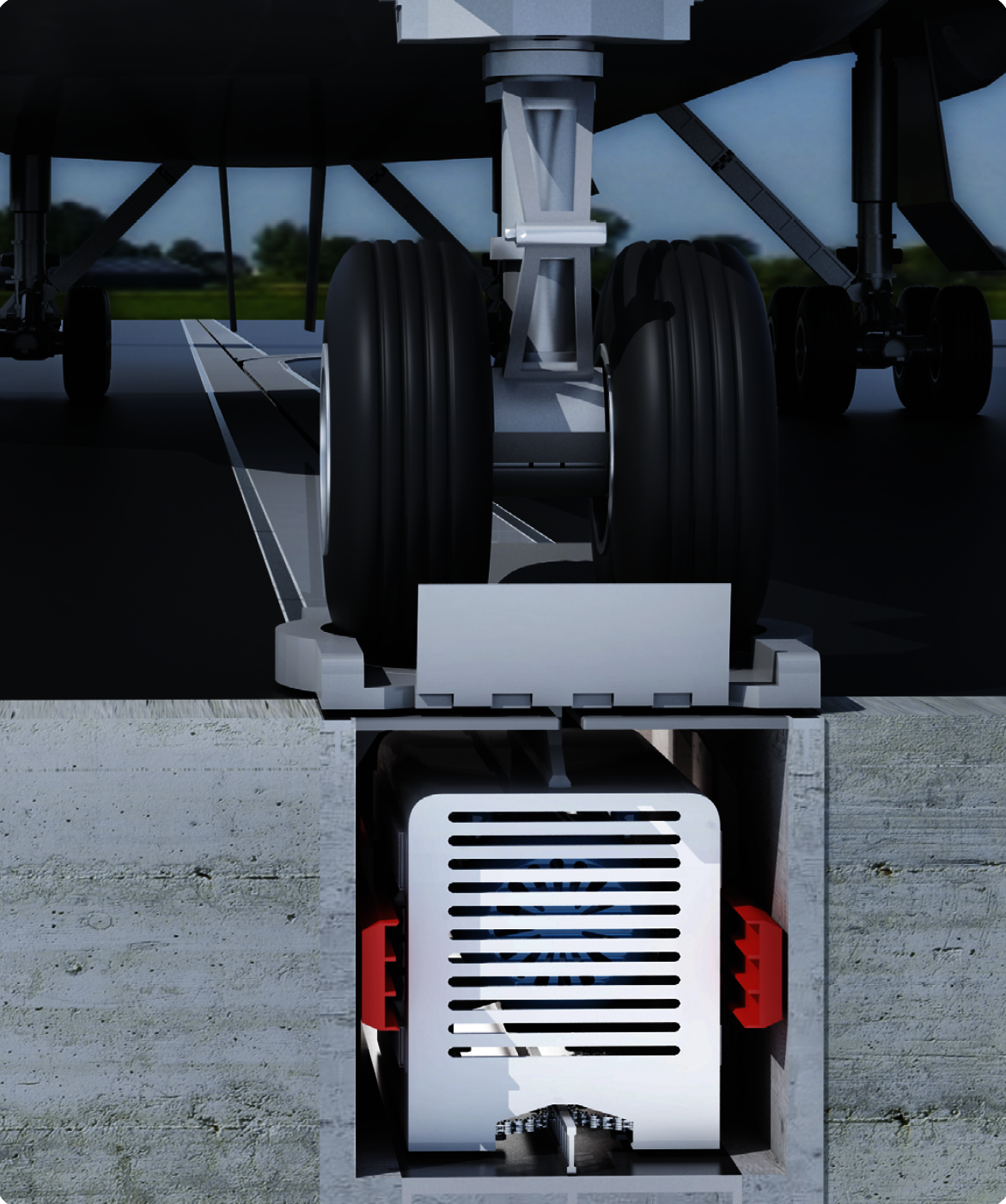ATS significantly improves safety
by eliminating aircraft collisions with other aircraft and ground equipment on taxiways. Each year there are several hundred aircraft collisions during taxiing. Fortunately, most accidents do not endanger passengers’ lives, but still have a negative impact on the daily operations of the airport and airlines. These collisions cause huge financial losses ($50 Billion US annually) and disrupt airport operations impacting passengers.
by eliminating aircraft collisions with other aircraft and ground equipment on taxiways. Each year there are several hundred aircraft collisions during taxiing. Fortunately, most accidents do not endanger passengers’ lives, but still have a negative impact on the daily operations of the airport and airlines. These collisions cause huge financial losses ($50 Billion US annually) and disrupt airport operations impacting passengers.
ATS saves fuel
In 2016 passanger aircrafts consumed 80 million liters of jet fuel per day (29 billion per year)
5% of aircraft fuel consumption was used for taxiing,
approximately 4 million liters per day ( 1.46 billion annually).
Figures worldwide 2016
In 2016 passanger aircrafts consumed 80 million liters of jet fuel per day (29 billion per year)
5% of aircraft fuel consumption was used for taxiing,
approximately 4 million liters per day ( 1.46 billion annually).
Figures worldwide 2016
ATS protects the environment
dramatically reduces harmful emissions emitted into the atmosphere. The following amounts of gases are released during taxiing at three European airports: Frankfurt, London - Heathrow and Paris - Charles de Gaulle in 2016.
CO - lethal damp, carbon monoxide...........20.783.540 kg
NOx - carcinogenic nitric oxides...................4.520.050 kg
CO2 - greenhouse gas - carbon dioxide.......3.645.720 kg
HC - hydrocarbons..........................................1.740.850 kg
After installing the ATS system emissions will be reduced by 90%
dramatically reduces harmful emissions emitted into the atmosphere. The following amounts of gases are released during taxiing at three European airports: Frankfurt, London - Heathrow and Paris - Charles de Gaulle in 2016.
CO - lethal damp, carbon monoxide...........20.783.540 kg
NOx - carcinogenic nitric oxides...................4.520.050 kg
CO2 - greenhouse gas - carbon dioxide.......3.645.720 kg
HC - hydrocarbons..........................................1.740.850 kg
After installing the ATS system emissions will be reduced by 90%

